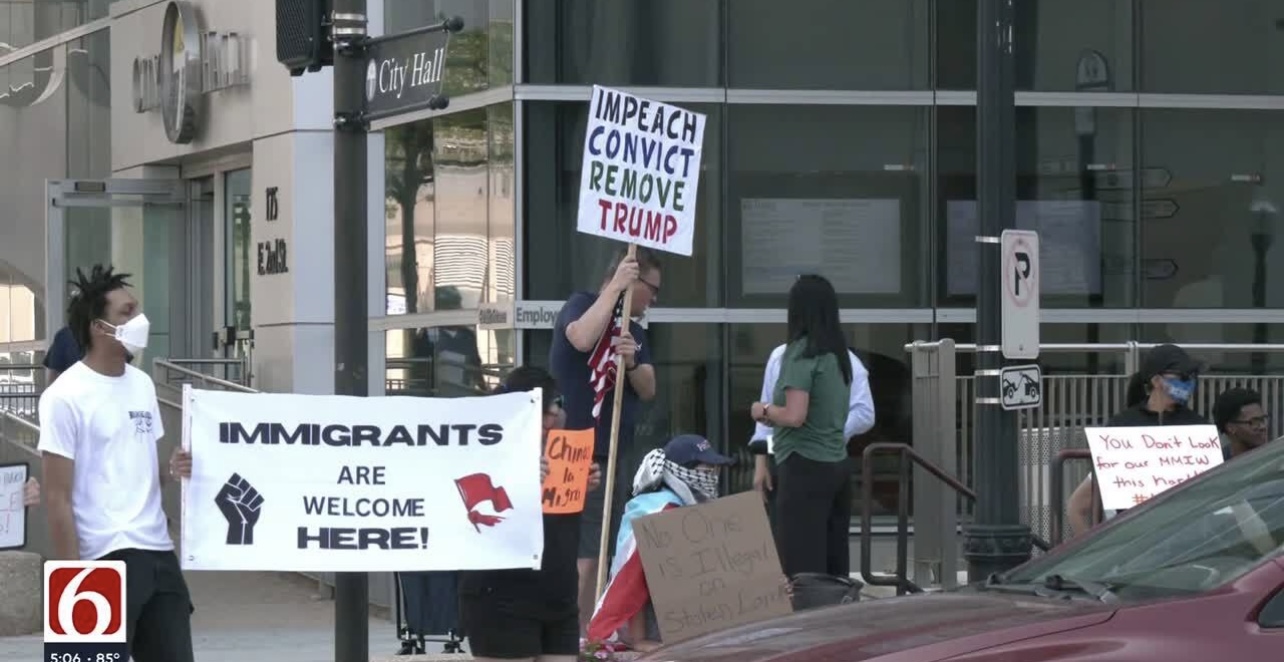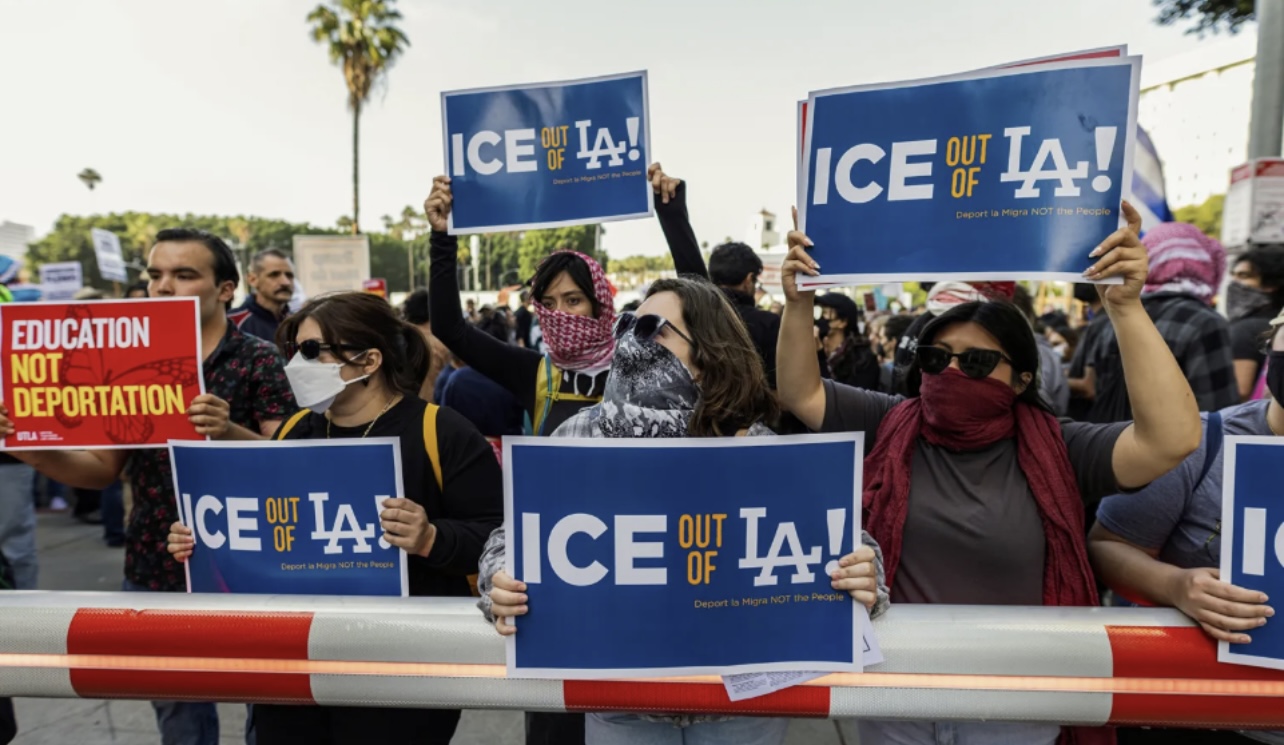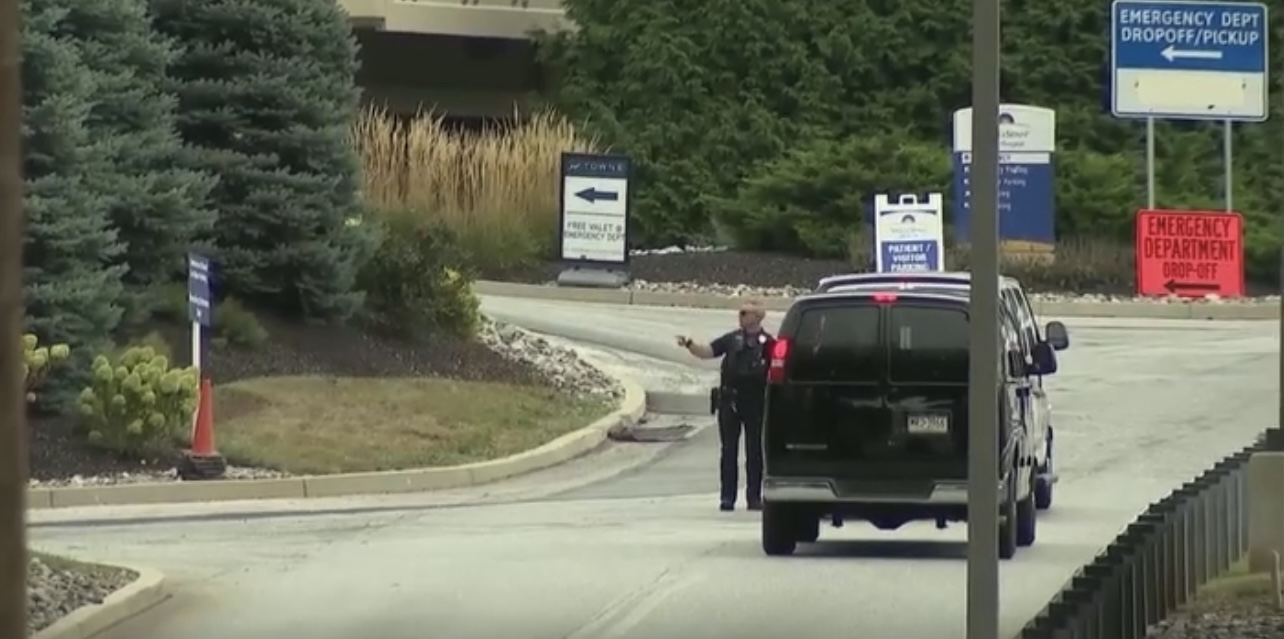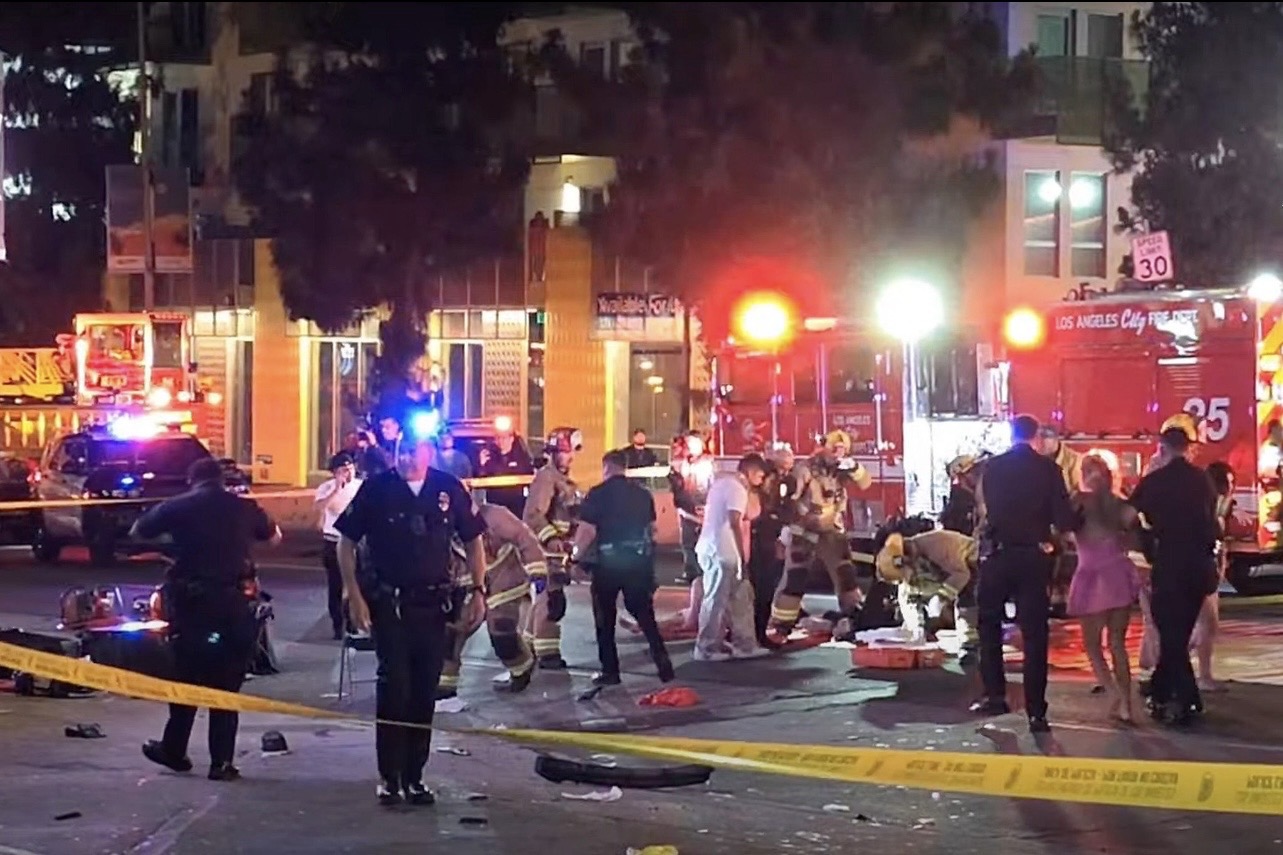A recent U.S. Supreme Court ruling has ignited fresh anxiety among legal immigrants and citizens of color, who fear they could be targeted in immigration sweeps and routine law enforcement stops despite their lawful status. The decision, handed down on September 8 in Perdomo v. Noem, lifted restrictions on federal immigration stops in Los Angeles that had been put in place by a lower court amid concerns about racial profiling and Fourth Amendment violations.
The lower court’s order had barred immigration agents from conducting so-called “roving” stops that relied on factors such as race, ethnicity, accent, location, or type of employment to justify questioning individuals. By reversing that order, the Supreme Court has cleared the way for those practices to continue while litigation proceeds, effectively expanding the discretion of federal agents to determine whom they suspect of being in the country unlawfully.
For many immigrants, even those living in the United States legally, the decision has deepened a sense of vulnerability. Community members worry that speaking Spanish, working in day-labor sectors, or simply being in neighborhoods with large immigrant populations could expose them to questioning and detention. Advocacy groups argue that legal permanent residents, asylum seekers, work visa holders, and even U.S. citizens may now find themselves subjected to unnecessary and intimidating encounters with law enforcement.
The ruling has also reignited debate over constitutional protections. Civil rights lawyers warn that allowing race, language, and location to factor into “reasonable suspicion” undermines the Fourth Amendment’s protections against unlawful searches and seizures. Justice Sonia Sotomayor, in her dissent, stressed that such practices risk normalizing racial profiling and eroding equal protection guarantees. While the Court’s majority framed the decision as a procedural ruling allowing enforcement to continue during ongoing litigation, immigrant communities interpret it as a green light for more aggressive tactics.
Supporters of the decision, including the Department of Homeland Security, argue that immigration enforcement requires flexibility to identify undocumented individuals and that the ruling simply restores established standards. Officials insist the Court has not issued a final ruling on the constitutionality of these practices, but rather allowed federal agents to resume operations while the case is heard in full. Still, critics contend that the practical effect is to normalize sweeping enforcement actions that could ensnare people with no legal violations.
On the ground, the impact is already being felt. In Los Angeles and Washington, immigrant neighborhoods have reported heightened fear and reduced willingness to engage with police or public institutions. Some residents have begun carrying additional documentation, while others say they are limiting outings or avoiding workplaces seen as potential targets for enforcement. Local leaders worry that the ruling will drive immigrants further into the shadows, discouraging them from reporting crimes, seeking medical care, or accessing social services.

The decision comes at a volatile political moment. Cities and states with large immigrant populations are exploring ways to shield residents from what they see as overreach, while advocacy organizations are preparing new legal challenges. Protesters have gathered in several cities, arguing that the ruling “effectively legalizes racial profiling.” Lawmakers in Congress, meanwhile, face growing pressure to clarify the limits of immigration enforcement and to pass legislation protecting civil liberties.
For legal immigrants, the ruling underscores a painful reality: documentation and lawful presence do not always protect them from suspicion. Many now feel caught in a dangerous space between compliance and vulnerability, where the mere perception of foreignness can lead to questioning, detention, or worse. As the litigation continues, the Court’s decision has left immigrant communities uncertain of their rights and anxious about what future rulings may hold.



